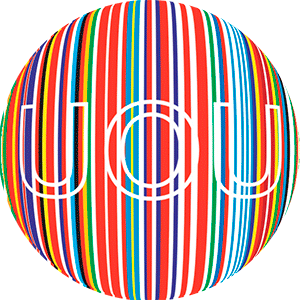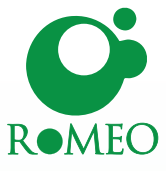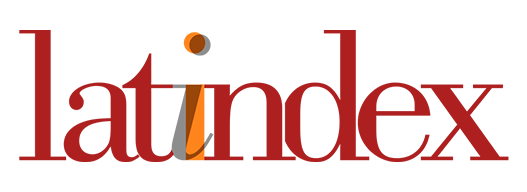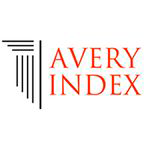CALL UOU#13 / LATITUDES
UOU scientific journal
Issue #13 / LATITUDES
June 2027
Guest Editors: Maria Luna Nobile, Carla Collevecchio, Umeå School of Architecture, Umeå University, Sweden.
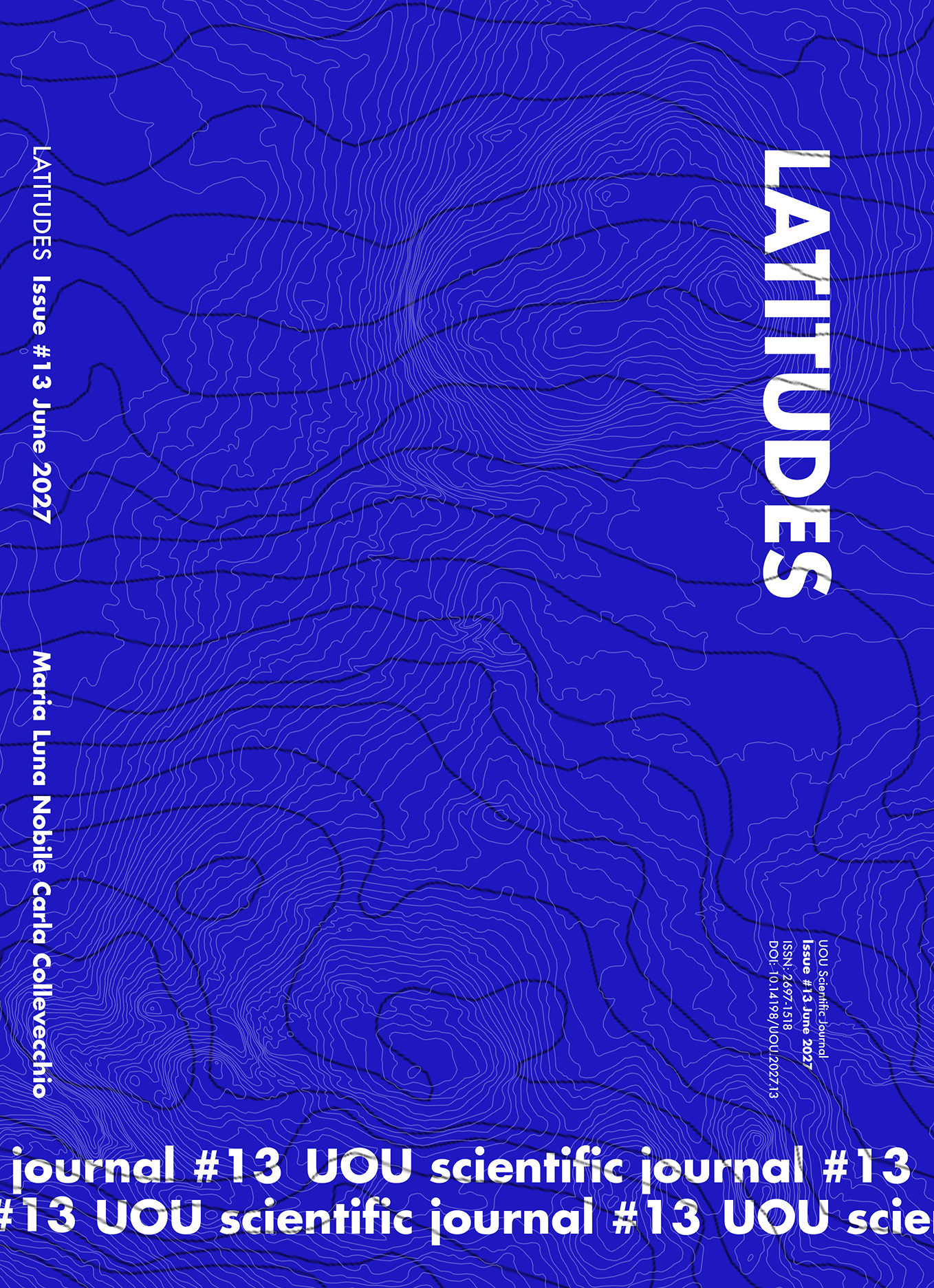
September 30 – call open
Presentation fo the call: 17 November 16.30 (CET / Madrid - Stockholm time)
WEBEX LINK: https://umu.zoom.us/my/m.lunanobile
The process of selection will have two phases:
Submission date for extended abstracts: 8 December 2025
Acceptance notification: 30 January 2026
Deadline for revised abstracts: 20 March 2026
Symposium EURAU 26 at UMA:10, 11, 12, 13 June 2026
Deadeline for the second phase:
Full paper submission for the UOU Journal: 8 December 2026
Outcome of double-blind peer review process: 30 January 2027
Final submission of completed papers: 1 March 2027
Lines of latitude, also called parallels, are imaginary lines that measure and divide the Earth. They are an invention, an instrumental tool to define our location in relation to space and time. Therefore, the notion of LATITUDE/S relates to the awareness of our relationship – as architects - with a specific context in a specific situated moment.
"Using instruments already made famous by ancient astronomers, one measures the height of a celestial body above the horizon, calculates the distance from the zenith, and—knowing its declination—because zenith distance plus or minus declination yields latitude, one can instantly determine which parallel one is on, that is, how far north or south one is from a known point."
"Seems straightforward."
"Within a child’s grasp…"
In The Island of the Day Before (1994), Umberto Eco examines the method of determining latitude through the reflections and dialogues of the novel’s protagonist, using astronomical instruments. This discussion, attributed to Colbert, highlights the relative simplicity of measuring latitude, as a relatively simple procedure, whereas longitude - that determines the notion of the day-before - remained “a mystery,” notoriously difficult to resolve. Eco employs this contrast to explore deeper questions about knowledge, perception, and the authority of science - a conceptual framework that is one of the starting points for the thematic line of the EURAU26 LATITUDES symposium.
This conceptual framework is a human construct, designed to establish precise measurements and relationships among places, contexts, and peoples, and to situate the Earth in relation to other celestial bodies, foremost among them the Sun. It is on the basis of this construction, through cartography and other relational frameworks, that architectural research has historically grounded its methods and inquiries. The notion of parallel as a line that determines multiple latitudes is a concept that reflects the peculiar conditions of the place where the EURAU26 symposium will take place.
“For those who inhabit it, the North is home. It is neither remote, isolated, nor distant; it stands as the center of one’s own world, the primary point of observation. To me, the arbitrariness of the 60th parallel is precisely its strength, making it an ideal framework for exploring the North. The parallel is neither a line of strict measurement nor a rigid boundary between places. It does not seek to define; instead, it enables the coexistence of multiple Norths, acknowledging the diversity of experiences, landscapes, and perspectives that shape this region.”
It is the clear image given by Malachy Tallack in its book Sixty Degrees North: Around the World in Search of Home (2016). In specific the zone between the 60° N and the north pole has something specific in relation to the way territories could be considered as part of the same region, in relation to climatic conditions and to some specific relations among its human and non-human inhabitants, for example in relation to migration and movement of indigenous populations (Tallack, 2016). The Sápmi territories are an example, close to our specific condition and location. These conditions are changing gradually, getting closer to the Equator, where the distances have also had an impact on how cultures have evolved due to movements of people and cultures. It is also relevant to underline how the 60° S latitude encircles the Earth entirely over ocean, not encountering any land, marking the northern boundary of the Southern Ocean and the Antarctic System. In this sense, architects are asked to relate to the context, learning and experimenting, facing specific climatic circumstances and situations of the environment, and this is even more important nowadays in relation to the current challenges due to climate change. This also entangles the concept of the nomadic as a subject, we – as architects, researchers, educators – navigate between cultures, traditions and environmental conditions, understanding the notion of context as relational rather than fixed and flat (Bradotti, 2013).
Our relation – as architects - to the concept of latitude consists in considering the observer as their own instrument of observation, in analogy with the ethnographic notion of exploring the “other-than-self” as the foundation for self-knowledge, and therefore as the starting point of any possible exploration (Coccia, 2021). Clearly, it is necessary to learn to know oneself. It is only by engaging with other cultures that one discovers something about oneself (Lévi-Strauss, 1973). Thus, the concept explored by LATITUDES, seeks to connect research in architecture with our own positioning as researchers in relation to other disciplinary traditions, contexts, places, and practices. In this sense, what becomes crucial is not only the relation to the point of view - for example, in Europe, the Mediterranean Basin and the Nordic-Baltic countries rely on entirely different references, as well as recurring themes of investigation - but also the encounter between networks of researchers, educators, and schools of architecture involved. This is even more relevant when looking at Northern and Southern latitudes crossing different situations.
Considering the current condition of urgency of the world we are living in, this call also underlines the need to go beyond the European border and open a dialogue between Norther and Southern latitudes. LATITUDES sets itself the goal of providing a necessary moment for broadening the outlook on architectural research in relation to its context.
Research in Architecture can be conceived as a situated practice, linking to the tradition of studies, cultures, climatic and contextual conditions.
The concepts of knowledge, movements and descriptions – embedded in the architectural discipline – relates to the notion of understanding latitudes in term of openness and movement (Ingold, 2011). The notion of latitude is artificial, it is an invention of one specific cultural perspective, as well as the notion of global often compared to the concept of local. In contemporary philosophy, the concept of the “planetary” has been introduced as an alternative to “the global”, considered as static, flat and Eurocentric. There is an astronomical “planetarity” and a political-philosophical “planetarity”, and while they are different, they should both inspire correspondence and mutual reinforcement. The conclusion is that planets can think through the life they evolve, not that thinking landed on our planet. (Bratton, 2024). From a “new materialist perspective”, cities are living assemblages, composed of humans, materials, non-human life, and infrastructures interacting dynamically, which requires architecture to account for these active relationships embracing agency as an act of responsibility (Braidotti, 2013). Therefore, we would like with this Symposium to offer the possibility to change the perspective by turning the globe upside-down, to break the lines, redraw new cartographies and embrace diversity.
When thinking about ourselves as researchers situated in a specific location and bridging in many cases traditions of studies and previous experiences related to a specific context, it is evident that there is a gap in the way we could learn from other latitudes, context/s and situations.
Concepts should not arise from the perspective of a single individual, but from the many viewpoints that emerge from multiple people, cultures, and even nations. What truly matters is that knowledge is born from plurality. Only then will we know how far we wish to go. This idea, defined by the notion of “cosmic diplomacy” (Latour, 2012), seeks to understand the ways in which we are part of an emerging world, in order to outline a shared path for acting within the cosmos—through an ecological vision capable of holding together all living beings and the natural environment to which they belong (Kohn, 2013).
The concept of situation is no longer tied simply to the idea of ground. It is not to be understood as in the traditional definition of “regional” in relation to local practices (Frampton, 1965), but as in the metaphor of ground or forest, also mentioned by Kohn: a living environment composed of bio-species, yet at the same time polluted, modified, occupied, shaped by climate change and political and regulated logics. Ground thus emerges as a highly dynamic condition—both real and virtual—continuously transformed by drifting cultures and by a sense of openness and freedom (Otero Verzier, 2019).
This reflection also applies to cities - artificial environments par excellence. A city is not just architecture plus dwellers; it is perhaps the longest continuous process that humans have created. What future would make the past worth it? Taking this new existential condition seriously demands a radically different sort of philosophy (Bratton, 24). It is in these distinctions among cultures, political frameworks, current emergent conditions, and in the ability of understanding the many layers cities are composed of, that we invite the authors to participate to the debate.
This issue is conceived to host a selection of the proposals for the international symposium EURAU26 LATITUDES aims at investigating the field of architecture as a research discipline across cultures, territories and places.
LATITUDES wants to challenge the notion of architecture as a situated practice, looking beyond the traditional understanding of context as territory and embracing an open vision towards the future possibilities where the notion of context is not static anymore but dynamic, open, real and virtual, but still enrooted in the specificity of a precise, measured intervention. It is in relation to this intercultural and interdisciplinary plurality that EURAU26 LATITUDES positions itself as a platform for exchange, understanding, dialogue, and the advancement of knowledge within the field. What tools, methods, instruments, frameworks, can other realities, including close disciplines and knowledges offer to architecture?
Emphasizing the importance of understanding architectural research as a practice situated across multiple contexts, disciplines, and cultural viewpoints and by acknowledging these relational frameworks, EURAU26 LATITUDES encourage a research approach that is rigorous in measurement yet attentive to the diversity of perspectives that shape the world we inhabit.
You can contribute to the EURAU26 conference LATITUDES by following the instructions at this page: https://www.umu.se/en/umea-school-of-architecture/eurau26-symposium/call-for-papers/
Bibliography
Bradotti, R. “The Posthuman”. Polity Press, Cambridge, 2013.
Bratton, B. “Planetary Sapience” in Mellgard Peter. The Planetary. Berggruen Press, 2024 p.35-54
Coccia, E. “L’Io é una Foresta. Introduction to the Italian version” in Kohn, Eduardo. How Forests Think: Toward an Anthropology Beyond the Human.University of California Press, 2013, p.9
Eco, Umberto. The Island of the Day Before. Translated by William Weaver. New York: Harcourt, 1995. First Edition: Eco, Umberto. L’isola del giorno prima. Milano: Bompiani, 1994.
Ingold, Tim. Being Alive: Essays on Movement, Knowledge and Description. Routledge, 2011p.76-89
Kohn, Eduardo. How Forests Think: Toward an Anthropology Beyond the Human. University of California Press, 2013
Lévi-Strauss, Claude. Anthropologie Structurale deux, Plon, Paris 1973; p.48
Otero Verzier, M. Boer, R., & Truijen, K. Architecture of Appropriation: On Squatting as Spatial Practice, Het Nieuwe Instituut, 2019
Tallack, Malachy. Sixty Degrees North: Around the World in Search of Home. New York: Pegasus Books, 2016
UOUsj is the scientific peer-reviewed journal of UNIVERSITY of Universities and investigates the sharing of intercultural interests explored in international architecture schools in close connection with the arts. Every issue underlines a specific topic addressed by one of the universities involved in the Research Project.
Therefore, we encourage contributions related to the result of pedagogical experiences and contributions that have emerged from research that engages with the topic underlined by the call in the disciplines of architectural design, urbanism and environmental studies, art, and associated areas of study.
Guest Editors: Maria Luna Nobile, Carla Collevecchio, Umeå School of Architecture, Umeå University, Sweden.
Associate Editors:
- Joaquín Alvado Bañón, Alicante University (Spain)
- Michael Devereux, University of the West of England Bristol (UK)
- Paola Scala,Naples University Federico II (Italy)
- Szabolcs Portschy, Budapest University of Technology and Economics (Hungary)
Editorial Director
- Maria Luna Nobile, Umeå University (Sweden)
Editor-in-Chief
- Javier Sánchez Merina, Alicante University (Spain)
SUBMISSION GUIDELINES:
For the submission to the EURAU 26 conference (first phase) please follow this link:
https://www.umu.se/en/umea-school-of-architecture/eurau26-symposium/call-for-papers/
For the submission of the full paper (second phase) follow this link:
https://revistes.ua.es/uou/author-guidelines
PEER REVIEW PROCESS:
https://revistes.ua.es/uou/peer-review-process
INDEXINGS
Multidisciplinary databases
Specialized databases
Evaluation resources
- Latindex
- ERIH PLUS
- Agenzia Nazionale di Valutazione del Sistema Universitario e della Ricerca (ANVUR), Italia
- NORWEGIAN REGISTER FOR SCIENTIFIC JOURNALS, SERIES AND PUBLISHERS
- Sherpa Romeo
Other quality indicators
- Google Scholar
- Matriz de Información para el Análisis de Revistas (MIAR)
- Repositorio Institucional de la Universidad de Alicante (RUA)
- Redalyc
- WorldCat
For any information, you can contact the Guest Editor Maria Luna Nobile and Carla Collevecchio, at:
